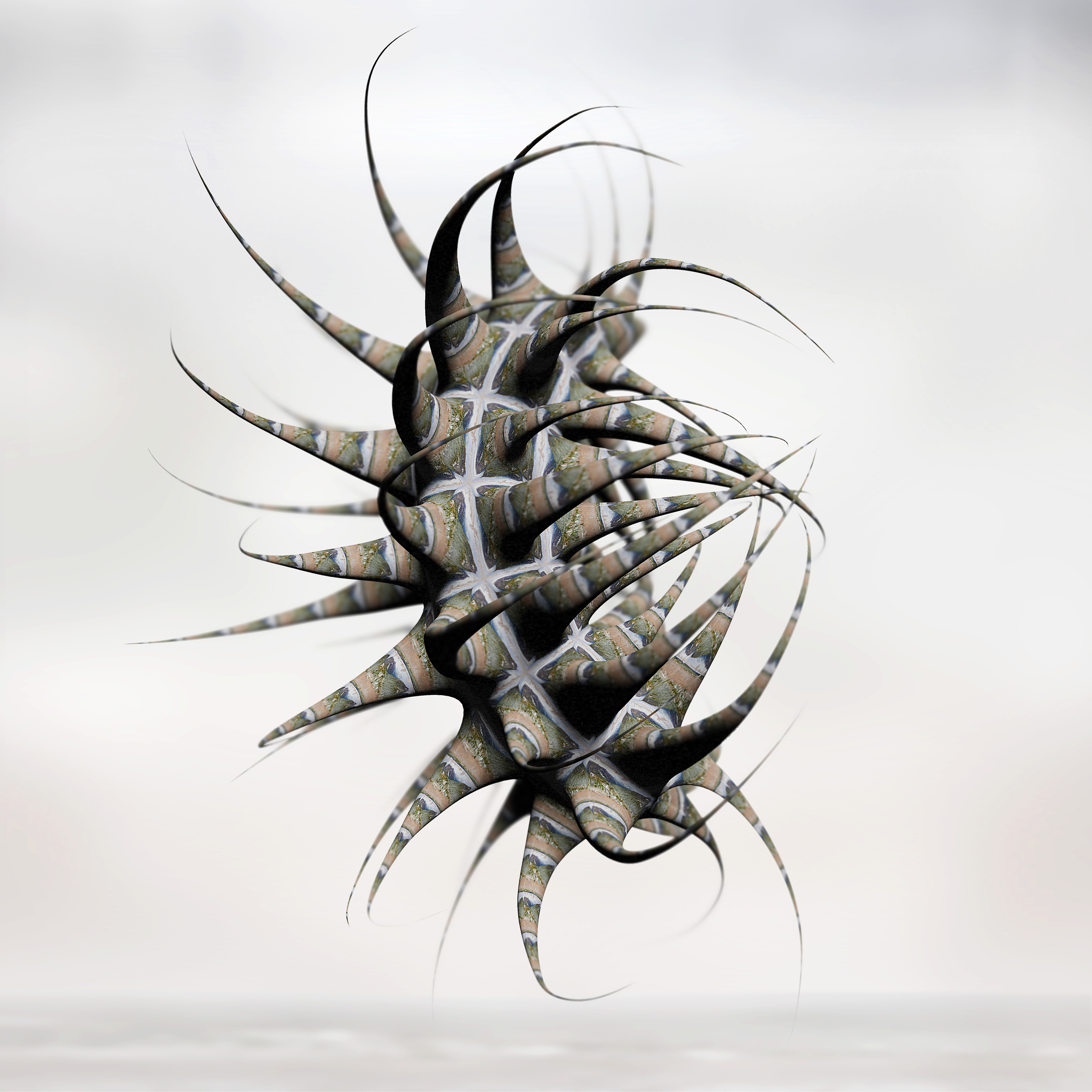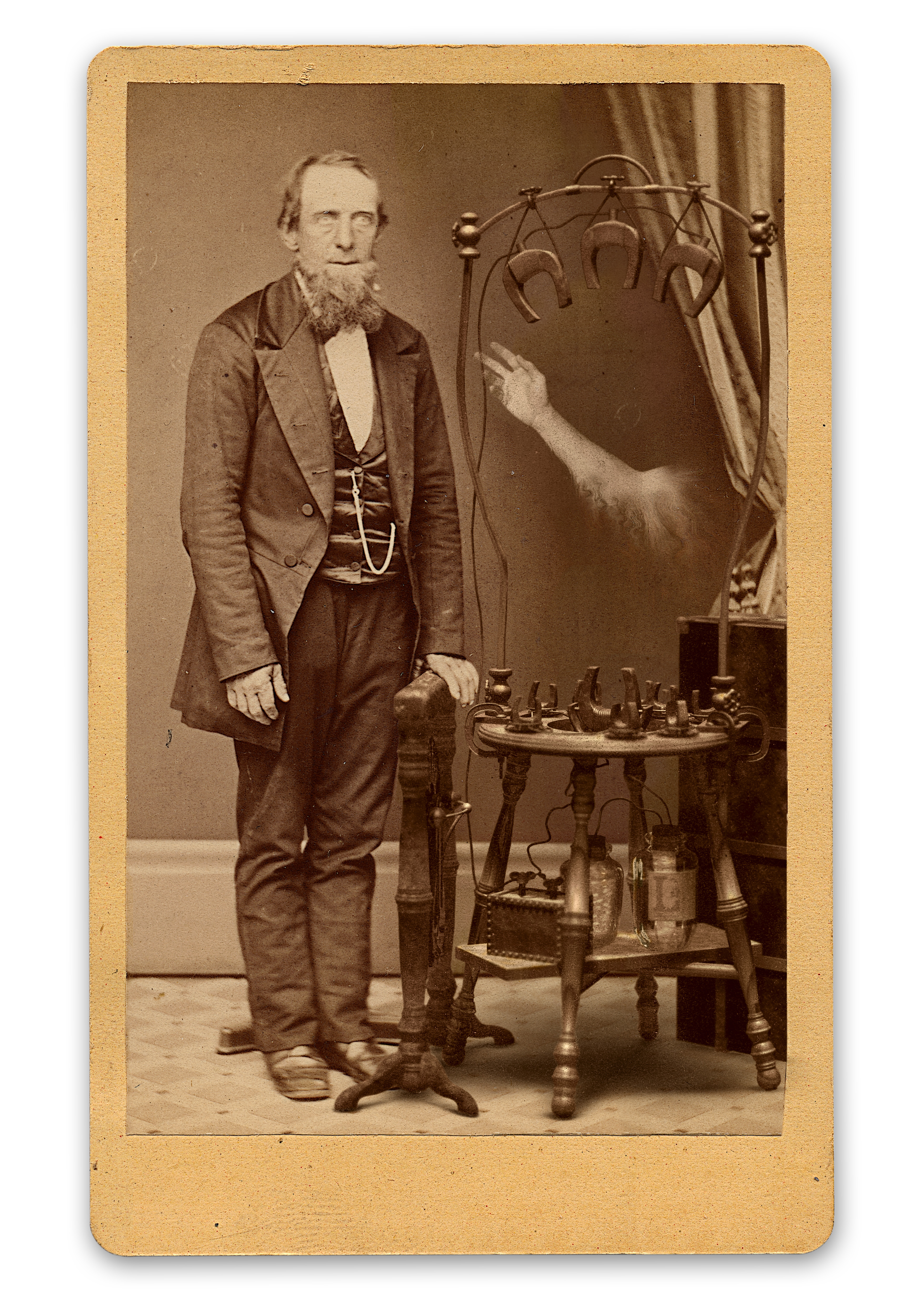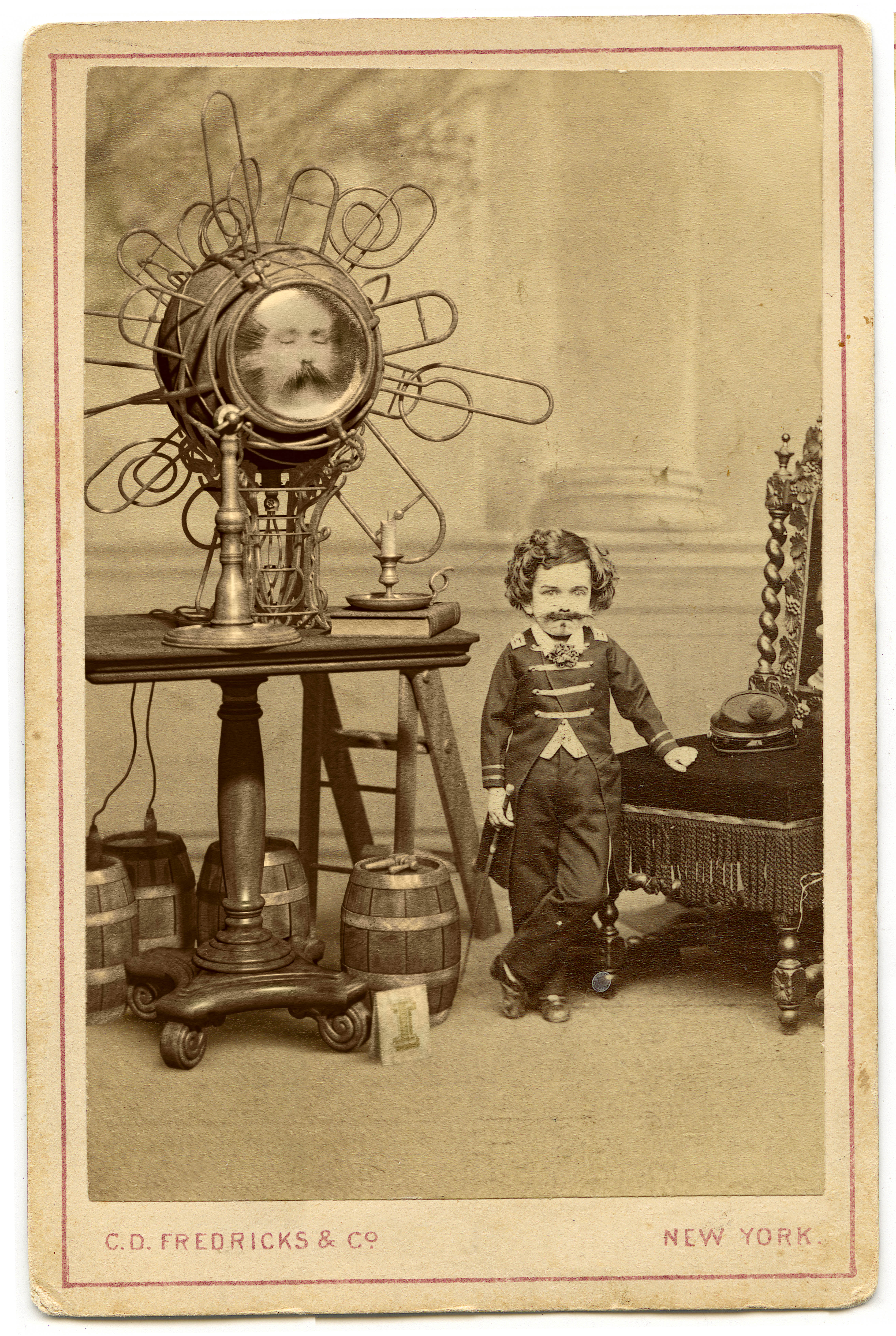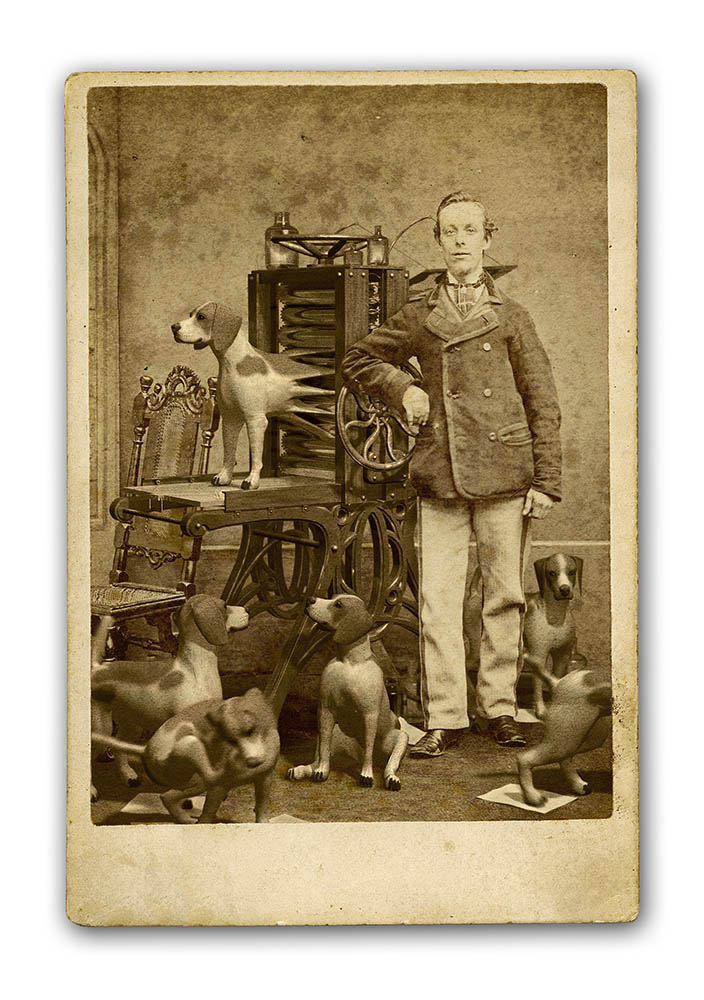
Art, by its very nature,
transcends the confines of space and time. It can cross borders, often isn’t limited by language, can outlast its creators, and be understood across cultures. In many cases, art can transport its audiences to unknown places, and for the most fortunate artists and scholars, the creation and study of art can be that which takes them to foreign territories. The faculty members in the University of Utah’s Department of Art & Art History have been inspired by, exhibited or done research in cities, landscapes, villages, and towns on every continent (even Antarctica!) on Earth. When art is the vehicle, anywhere can be the destination.
BETH
KRENSKY
For Art & Art History Professor Beth Krensky, global ventures aren’t a matter of happenstance—it’s often the underlying driver of her work. Krensky, alongside George Rivera, Garrison Roots, Dennis Dalton, and Luis Valdevino founded an artist collective in 1996 called Artnauts that “uses the visual arts as a tool for addressing global issues while connecting with artists from around the world.” The collective, which is still thriving today, works at “the intersection of critical consciousness and contemporary artistic practice to impact change.”
For Krensky, Artnauts wasn’t just a channel through which to exhibit work; it helped her understand her role as a human being. The interactions she had with people all over the world – artists and non-artists alike—made her realize that art and life are about finding ways to connect on a human level.
“When I was in Chile for an exhibition in 1998 just after Pinochet had been overthrown, we got an unexpected and serendipitous chance to visit with the Mothers of the Disappeared,” she said. “For hours, we got to speak with these brave women who had all lost children during the country’s recent military dictatorship, and the experience changed my life.”
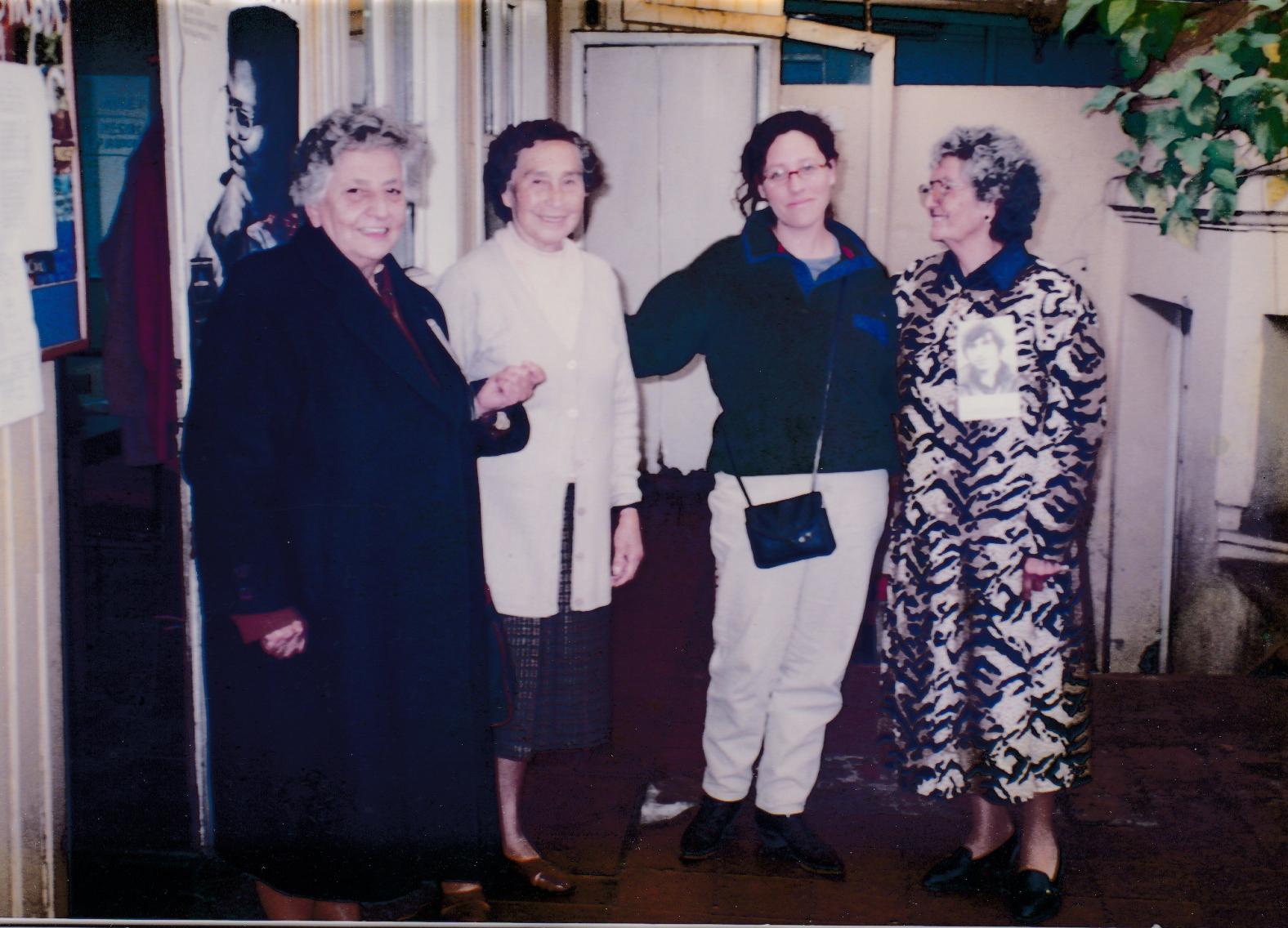
“Mothers of the Disappeared” 1998.
These “fierce warriors,” as Krensky described them, had lost that which meant the most to them, and were still so driven by love. Driven to connect. To support. And to challenge their own fears to fight for justice.
Justice, it turns out, is a key theme in much of Krensky’s work. And, when the entire world is your proverbial canvas, the fodder and market for subversive art is plentiful. Perhaps that’s why, in addition to her travels and exhibitions through the collective, Krensky, has been invited to show her work across the globe—from here in Salt Lake City’s Utah Museum of Fine Arts to Israel, Greece, Columbia, Venice, South Africa, and more.

EdwarD
Bateman
One way to get from a particular destination to another is to build a bridge. And that, metaphorically speaking, is how Art & Art History Associate Professor Edward Bateman has made his way around the globe.
Bateman earned his MFA from the University of Utah in 2003 and joined the faculty five years later. He now leads the Photography and Digital Imaging area in the Department of Art & Art History. Up to that point, though, he hadn’t been a big traveler and what he did do was largely domestic.
Fast-forward to now, and he’s now exhibited his work in 26 countries, including the United States, and received numerous international awards, including being short-listed twice for the prestigious Lumen Prize in 2014 and 2016, and was a juror the year between.
Becoming world-renowned wasn’t Bateman’s objective, but it has most certainly become his reality.
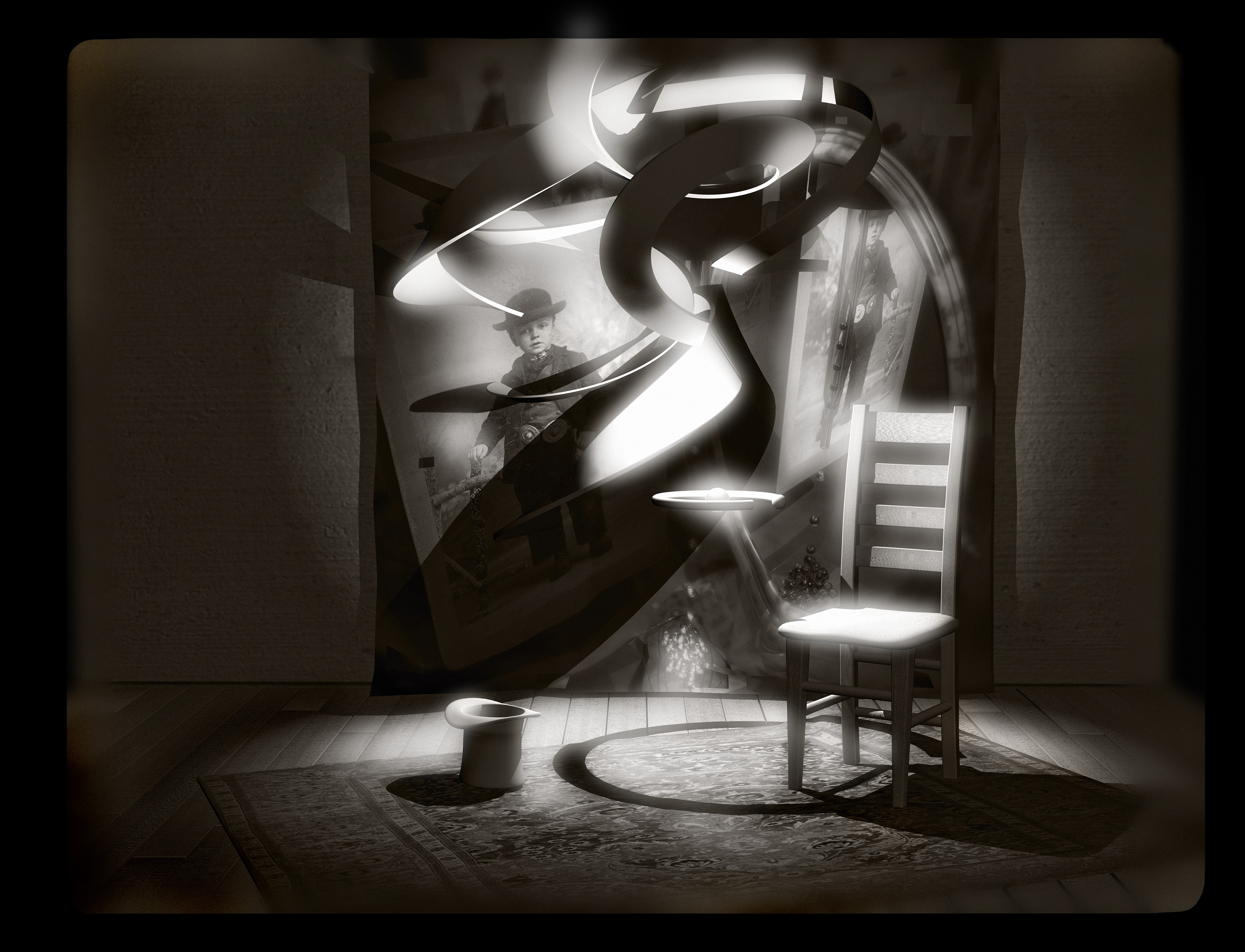
Photo: Ed Bateman
Still image from the video title “Cinématographe, 1907” by Edward Bateman, which was recently screened in Florence, Italy.
Of course, his art has been chosen for exhibition worldwide by its own merit, but he credits the relationships he’s cultivated for much of his international visibility.
It all started when he Googled himself one day, and to his surprise found that a publication in Lithuania had written about his work. He emailed the author, Greta Grendait, to thank her, and that one expression of gratitude sparked a relationship that he says is the first of many that have granted him opportunities from Poland to China and from New Zealand to Budapest.
Bateman’s curiosity and warmth through his travels has turned strangers into acquaintances, acquaintances into friends, and friendships into art opportunities—all over the world.
“I love what MacArthur Genius Teresita Fernández said in her commencement address at Virginia Commonwealth University back in 2013,” he said and quoted her. “‘You don’t need a lot of friends or curators or patrons or a huge following, just a few that really believe in you.’ I truly believe that. My bridges are friendships that have taught me that our world is a smaller, more caring place.”
Photo Gallery


